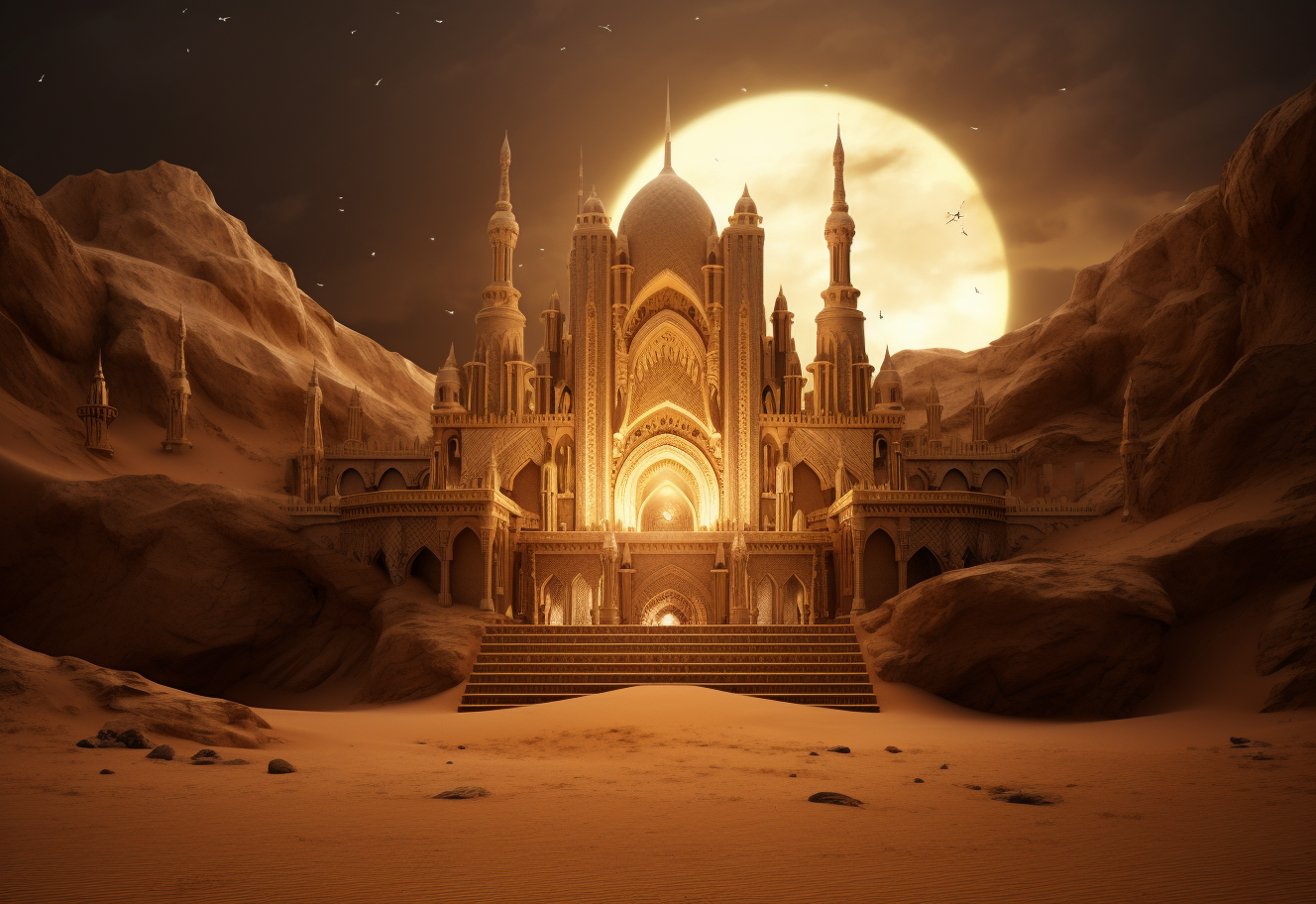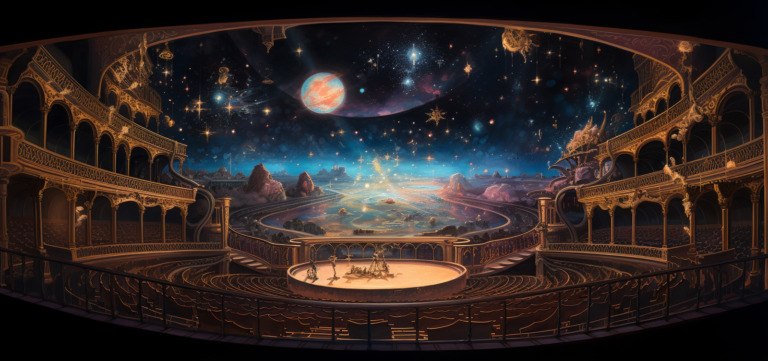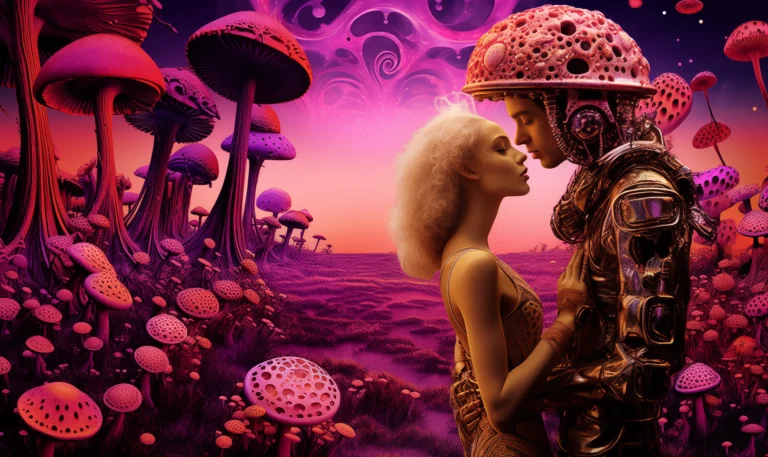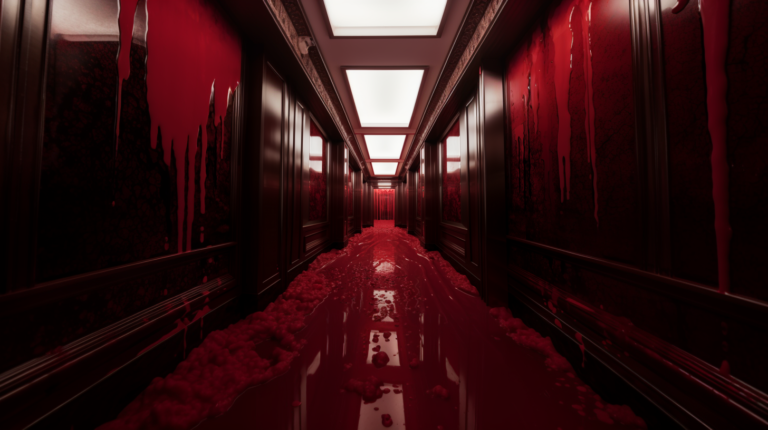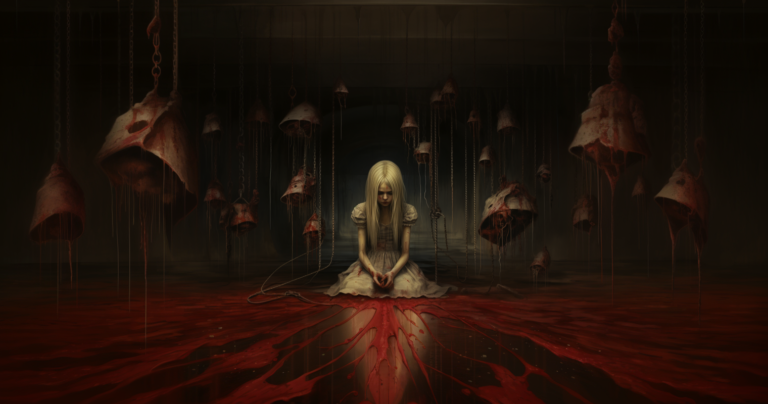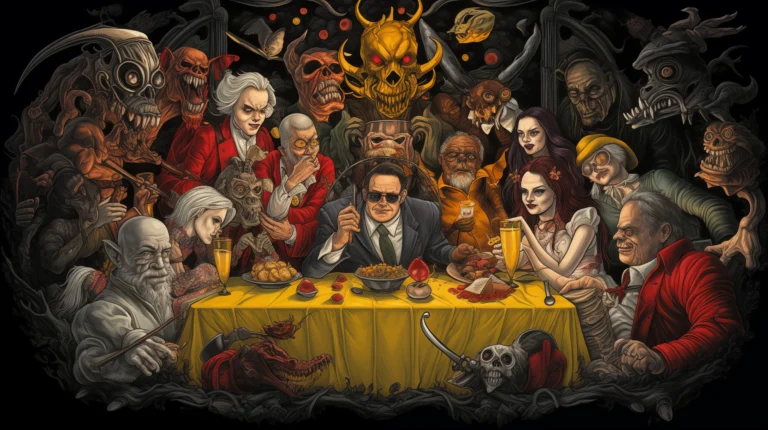Secret Temples of the Subconscious Mind: A Dance of Occult and Psychology
The realms of the occult and psychology are seldom mentioned in the same breath. Yet, both disciplines tread the hallowed halls of the human psyche, exploring its vast chambers and hidden alcoves. The subconscious mind is akin to an ancient temple, filled with secrets waiting to be uncovered. Let us embark on a journey where the mystic rites of the occult meet the clinical insights of psychology.
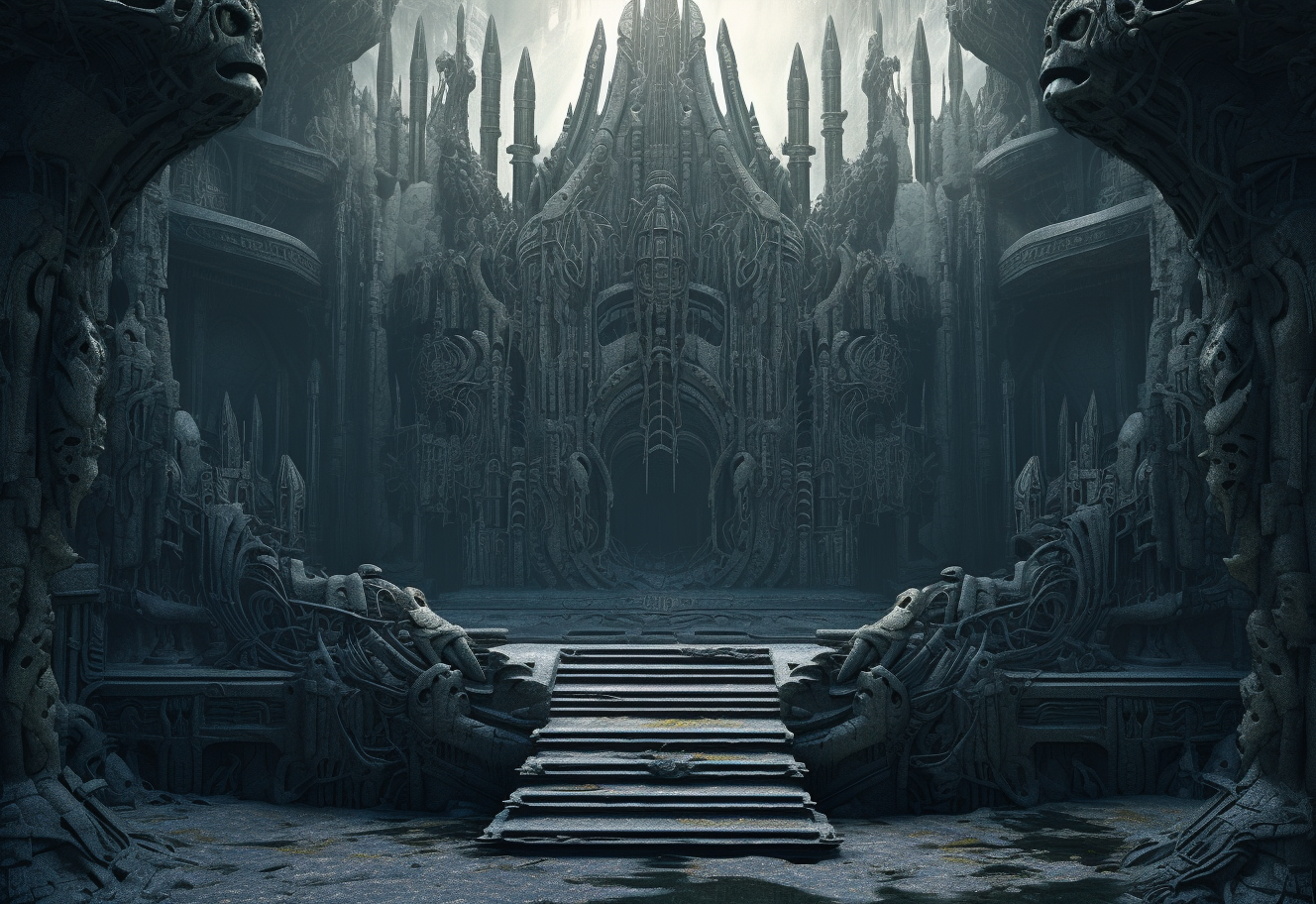
The Foundation: Understanding the Subconscious
The subconscious, in both occult and psychological circles, is viewed as the repository of memories, desires, traumas, and intuitive knowledge. Just as a temple hosts echoes of prayers whispered through ages, our subconscious holds the memories of our past and the potential of our future.
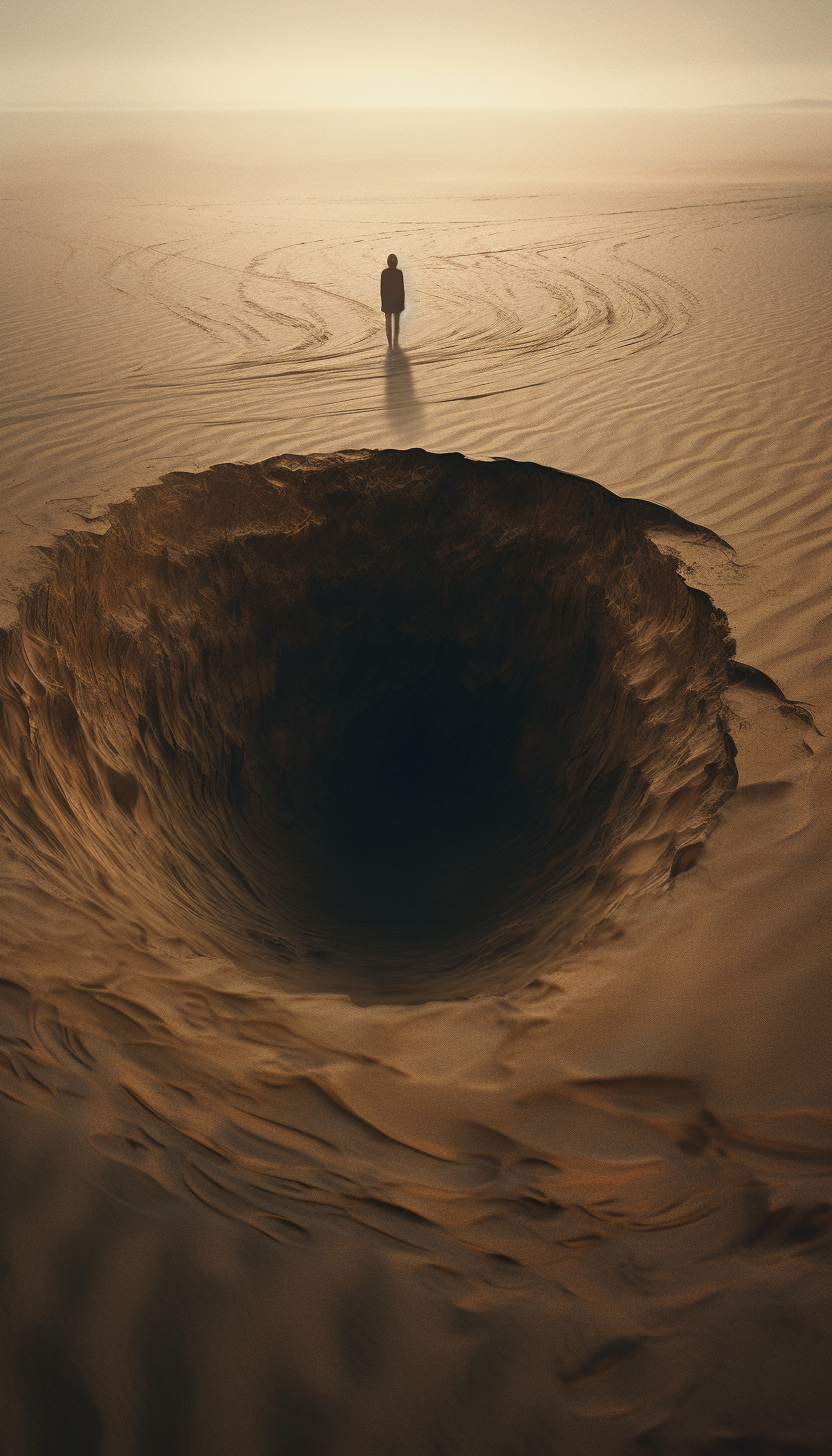
1. Archetypes and Deities:
Psychology: Carl Jung introduced the concept of archetypes—universal symbols or themes that reside in the collective unconscious. These are primordial images that have been present in human storytelling across cultures and ages.
Occult: Deities, spirits, and symbolic rituals in occult practices can be seen as external manifestations of these inner archetypes. Invoking a deity in a ritual mirrors the process of activating an archetype within.

2. Dreams: The Astral Plane of the Mind
Psychology: Dreams are considered by psychologists as the mind’s way of processing emotions, confronting fears, and resolving inner conflicts. They’re a direct line into the subconscious.
Occult: In esoteric traditions, dreams are a journey into the astral plane, where the soul is free from the confines of the physical body. Dream interpretation is a staple in both realms, offering insights from the temple of the subconscious.

3. Symbols: The Language of the Temple
Psychology: Symbols are the language of the subconscious. A serpent might symbolize danger or transformation, while water can represent emotions or the flow of the unconscious.
Occult: Symbols hold power and are integral to rituals, talismans, and spells. They’re believed to resonate with cosmic energies, bridging the earthly and the divine.
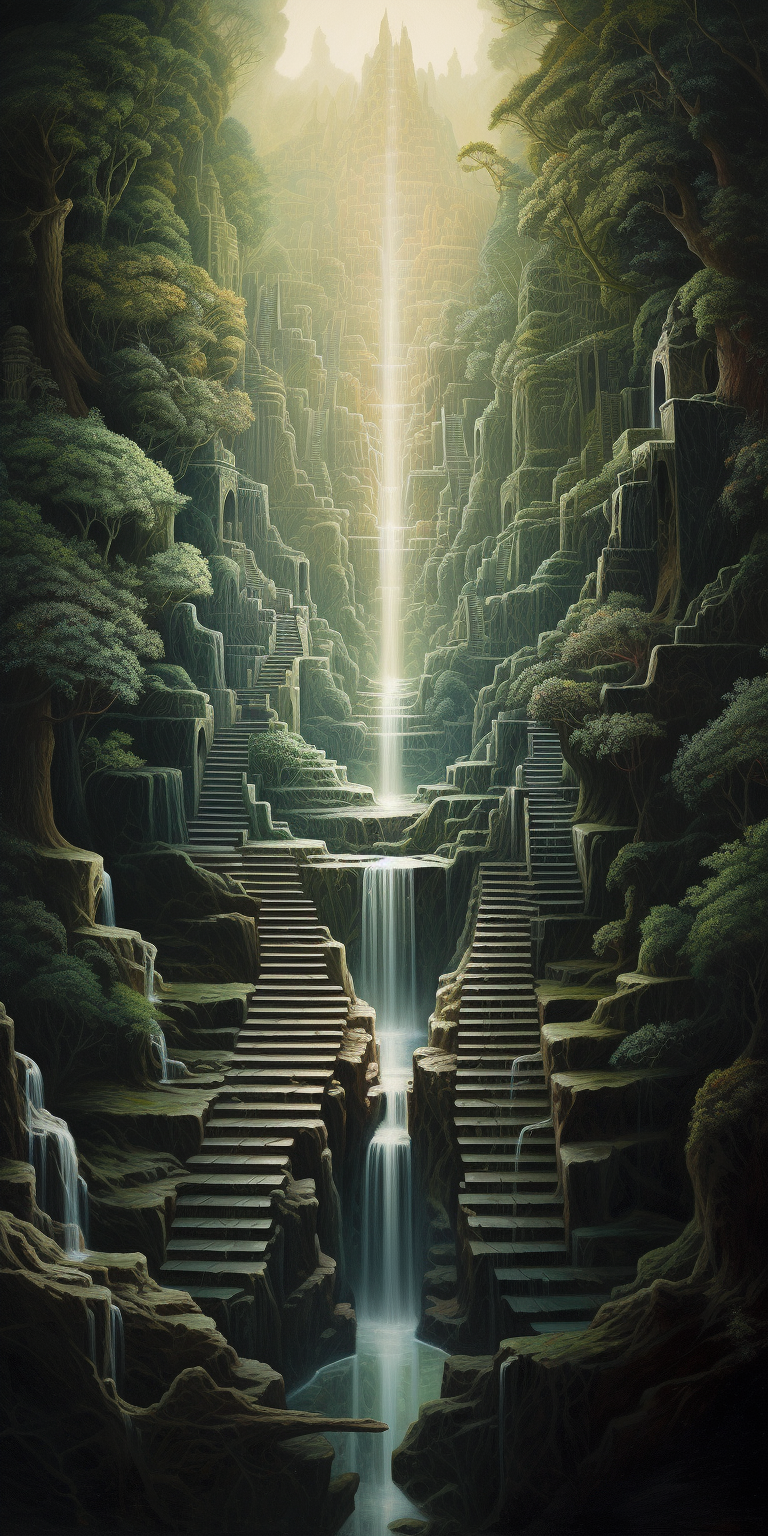
4. Shadow Work: The Dark Chambers
Psychology: Jung also introduced the concept of the Shadow—the unacknowledged and repressed parts of our psyche. Confronting and integrating the Shadow is essential for psychological wholeness.
Occult: In many esoteric traditions, facing one’s inner darkness is a rite of passage. This confrontation leads to growth, transformation, and ultimately, enlightenment.
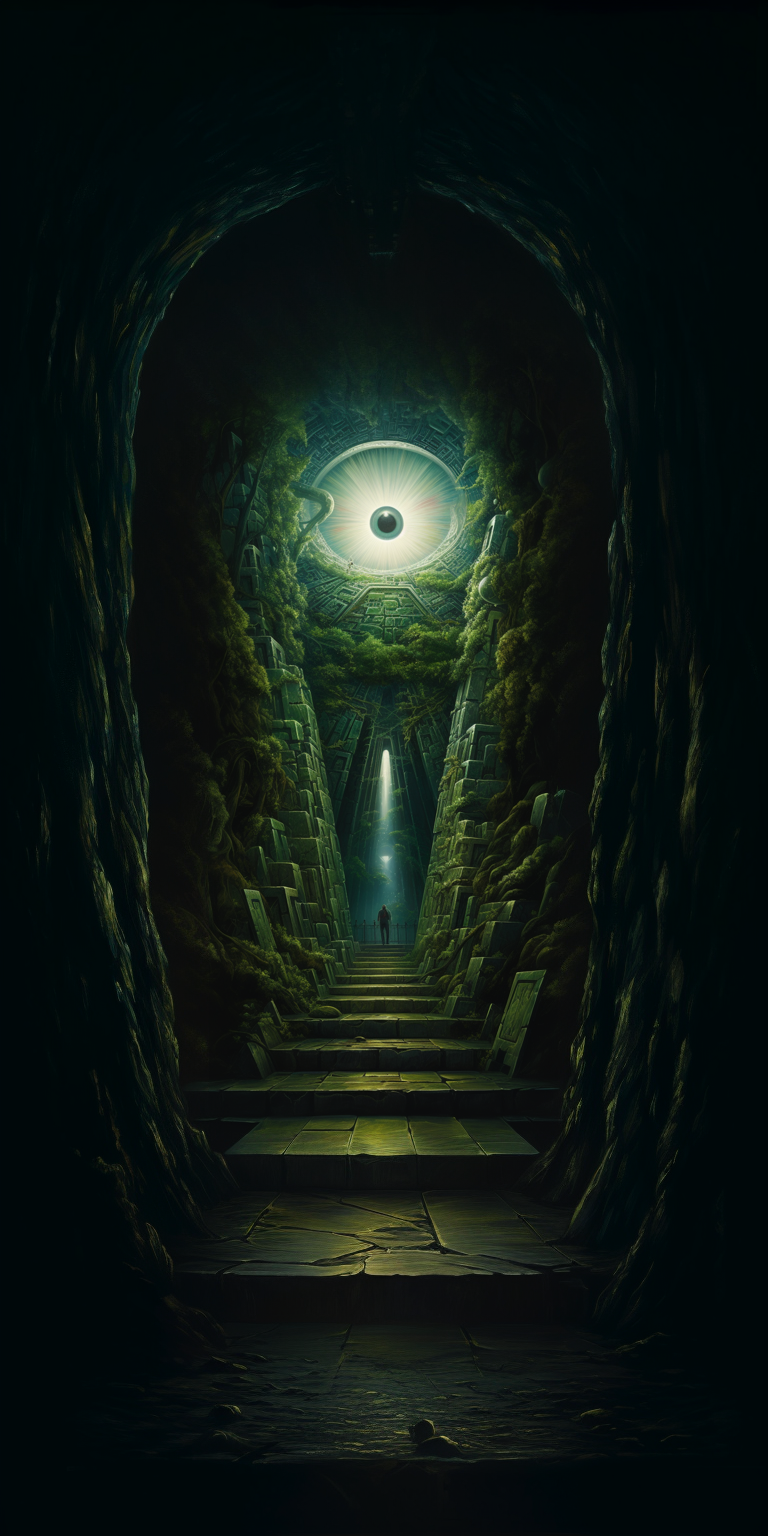
5. Transcendental States: The Sanctum Sanctorum
Psychology: Through certain therapeutic techniques, like deep meditation or hypnosis, one can reach altered states of consciousness, providing profound insights and healing.
Occult: Mystics, shamans, and occult practitioners have long used rituals, chants, and sacred substances to reach these transcendental states, accessing the divine or cosmic consciousness.
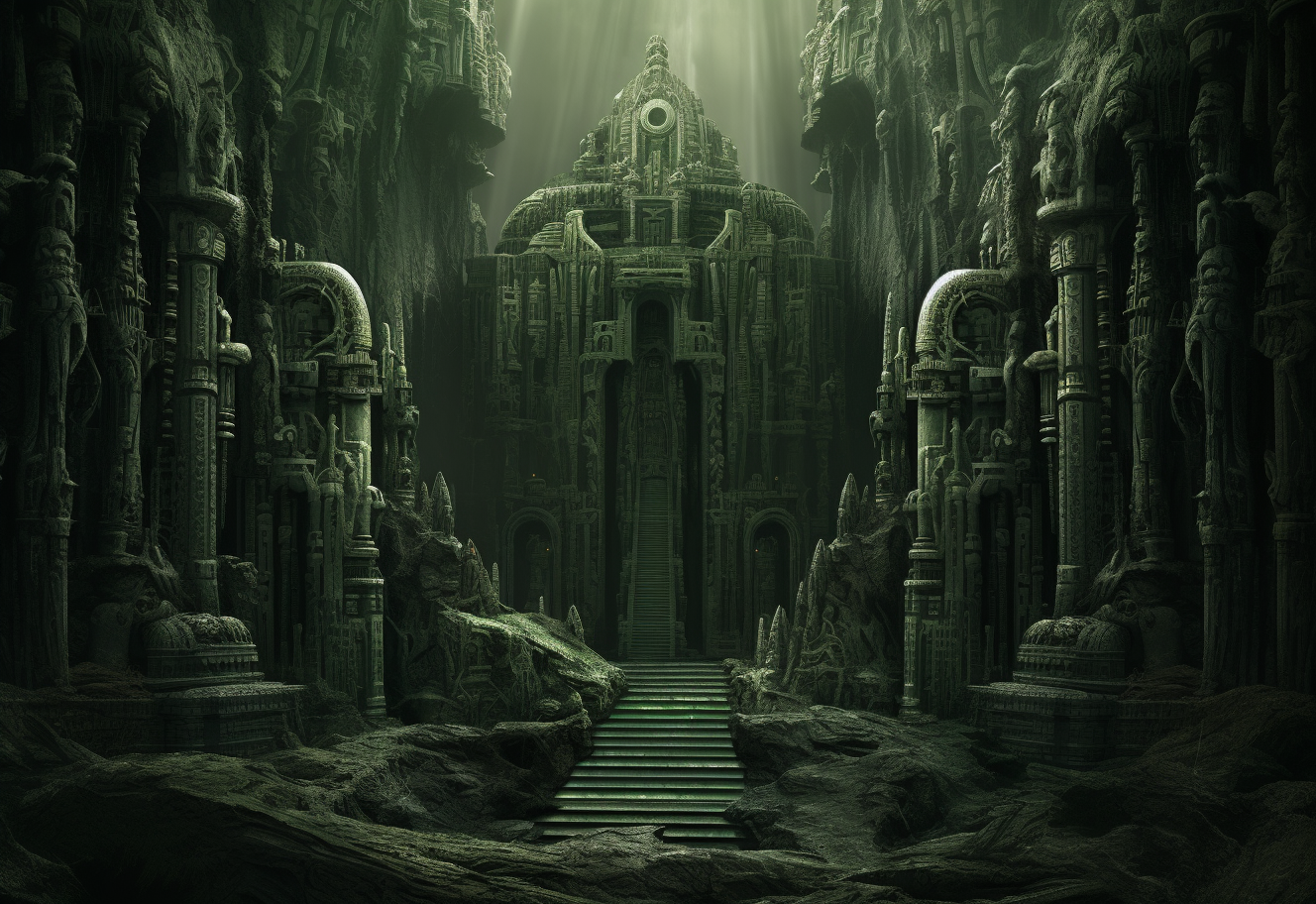
Conclusion:
The subconscious mind, with its labyrinthine corridors and hidden chambers, offers treasures of insight and understanding. While psychology provides us with tools to navigate and make sense of this internal temple, the occult offers rituals and symbols to enhance our connection to it. Together, they create a potent map to explore and harness the sacred sanctuaries within us.

